The city of Lake Elsinore in Southern California has announced the closure of its Walker Canyon in anticipation of the seasonal bloom of wild poppies. The city experienced a “super bloom” of poppies in 2019, which drew in thousands of visitors, causing gridlocks, overcrowding, and even environmental damage. To prevent a repeat of the chaos, the city has closed the trails, roads, and parking areas surrounding Walker Canyon and will not be running shuttles to the location. The closure of Walker Canyon is a result of the increasing issue of overtourism, where popular destinations are being forced to shut down due to excessive tourist traffic.
Mayor Natasha Johnson stated that while Lake Elsinore typically welcomes visitors to enjoy its vibrant community and boost its economy, the visitors to Walker Canyon in 2019 resulted in a cost that was too high for the residents and wildlife. Riverside Sheriff Chad Bianco warned that any visitors to the canyon could face steep penalties and even arrest as they will be implementing a zero-tolerance policy for trespassing and parking on the sides of the roadways.
The closure of Walker Canyon has received mixed reactions from the public, with some residents being disappointed while others are glad to avoid gridlocks. Some have criticized the city for missing out on the opportunity to make money from the phenomenon, but Mayor Johnson stressed that the city’s main focus is the safety and preservation of its community.
For those looking to enjoy the beauty of the wild poppies, the city has live video footage of Walker Canyon available on its website. Mayor Johnson encourages visitors to focus on the Super Bowl and not the “super bloom” that is not happening this year. With the new rules of travel, it is important to respect the efforts being made to preserve natural resources and to avoid being an overtourist.
Lake Elsinore Prevents Repeat of 2019 “Super Bloom” Chaos with Walker Canyon Closure
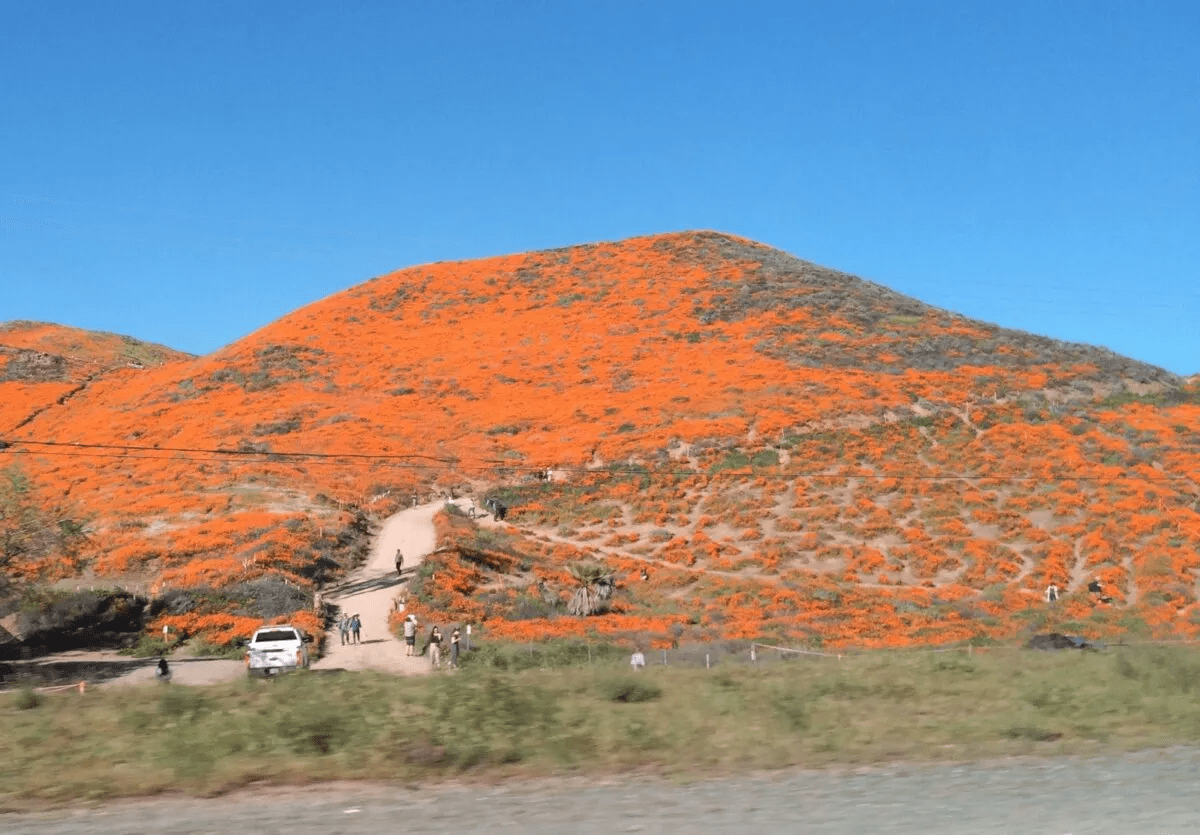
Latest from Nature
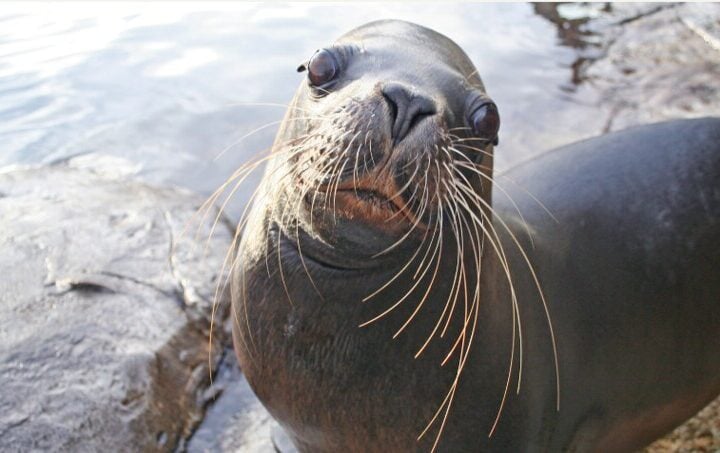
Colchester Zoo Sea Lion Atlanta Dies Suddenly After 21 Years—What Vets Couldn’t Confirm
Colchester Zoo is grieving the loss of Atlanta, a much-loved Patagonian sea lion who died on Sunday, April 13, 2025. The sea lion passed away in the early morning hours after her
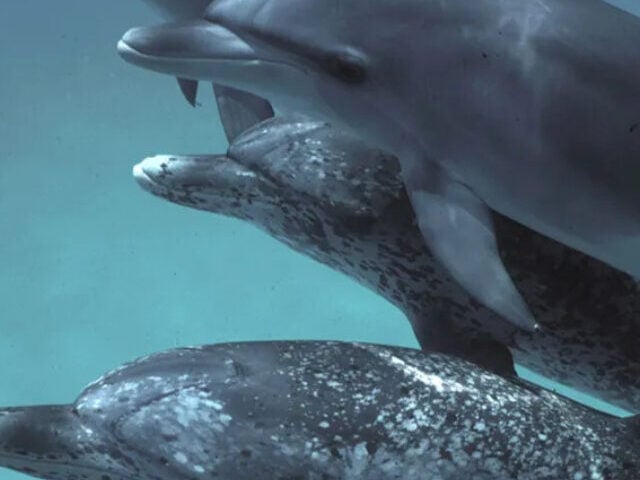
Google DolphinGemma AI Uses 400M Parameters To Analyze Dolphin Sounds On Pixel 9
Google has launched DolphinGemma, a new AI model that listens to dolphin sounds and tries to make sense of them. This joint effort by Google, the Wild Dolphin Project, and Georgia Tech
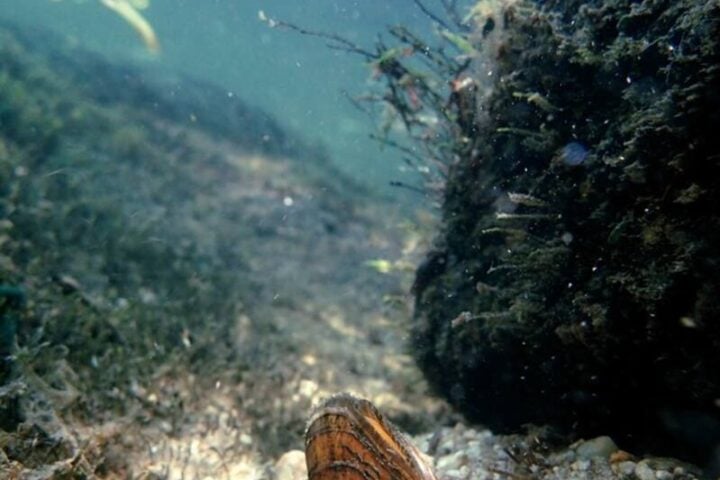
Brook Floater Mussel Faces 95% Decline as Lawsuit Revives 15-Year Fight for Endangered Species Protection
Environmental groups led by the Center for Biological Diversity filed a lawsuit on April 17, 2025, to push the U.S. Fish and Wildlife Service to protect the brook floater mussel under the
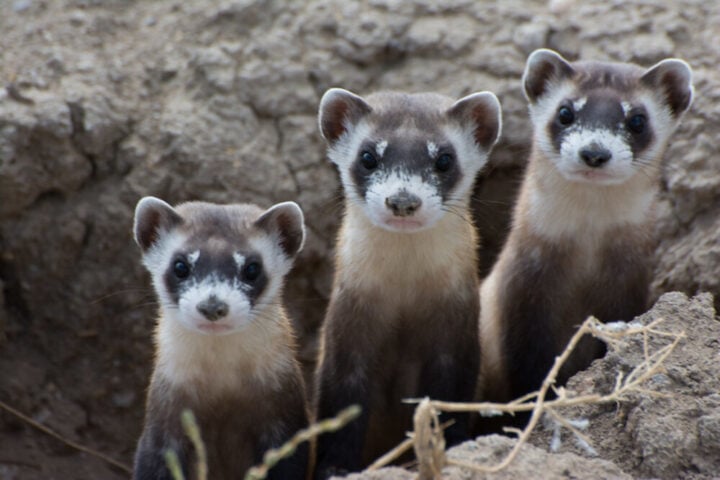
Endangered Species Act Redefinition May Strip Legal Habitat Protections Nationwide
The Trump administration has proposed a significant change to the Endangered Species Act (ESA) that could dramatically reduce protections for wildlife habitats across the United States. The proposal, announced on April 16,
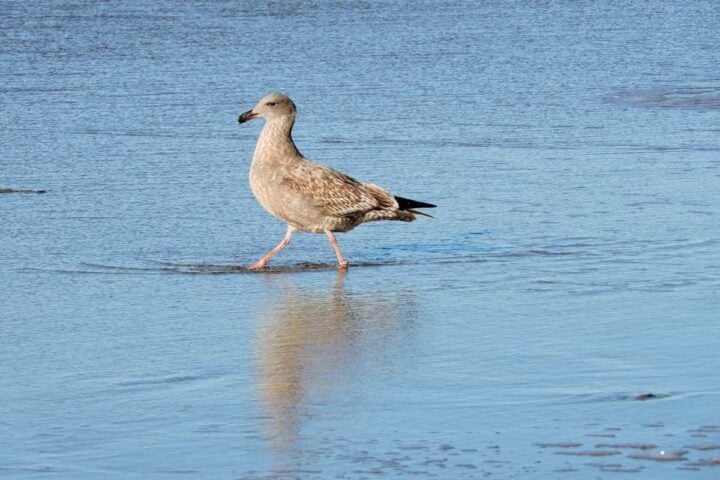
Johnston Atoll Rocket Pads Threaten 1.5M Seabirds and U.S. Wildlife Refuge Recovery
When rockets meet rookeries, who prevails? Johnston Atoll—a remote Pacific wildlife refuge harboring 1.5 million seabirds—faces an existential quandary as the U.S. Air Force advances plans to transform part of this ecological

Cruise Ship Pollution Includes Sewage, Gray Water, Microplastics, and Chemical Discharge at Sea
Entertainment has found a new medium – cruise ship tours around the world. But there is a problem created by these tours. That is cruise ship waste dumping in the sea. The
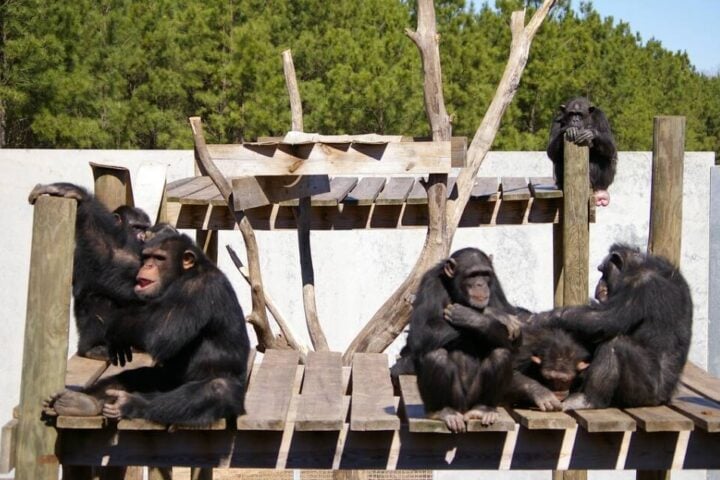
Chimpanzee Transfer Ends as 23 Research Chimps Relocate from Alamogordo Lab to Louisiana Sanctuary
The final cohort of Pan troglodytes from the Alamogordo Primate Facility in New Mexico has completed their translocation to Chimp Haven, the federal chimpanzee sanctuary in Louisiana. This ex-situ conservation effort closes

World’s Largest Chimpanzee Sanctuary Is a 200-Acre Louisiana Haven for Over 300 Former Research Chimps
Twenty-one chimpanzees have just started their retirement at Chimp Haven, marking the end of an era in American medical research. These chimps, who spent decades helping scientists develop life-saving vaccines and medicines,

Endangered Species Act Faces Rule Change That Could Cut Key Habitat Protections in 2025 Plan
The Trump administration has begun a process to redefine what constitutes “harm” to threatened and endangered species, potentially weakening habitat protections that have been crucial for wildlife conservation since the 1970s. On
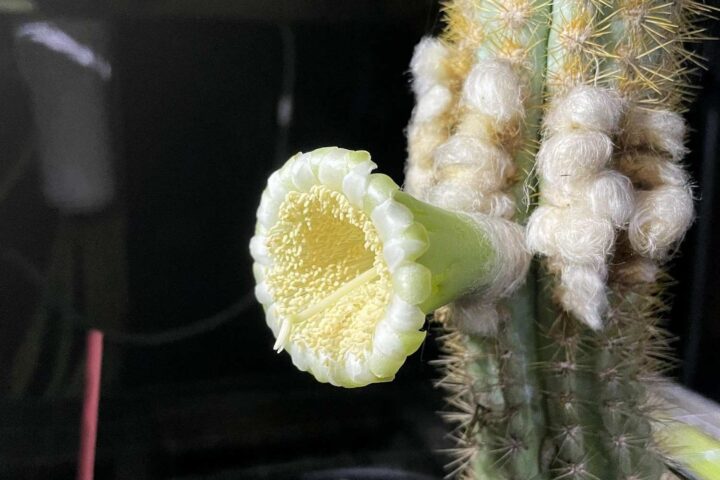
Sea-Level Rise Destroys Only U.S. Key Largo Tree Cactus Population in Florida’s Coastal Zone
The United States has lost its only known population of the Key Largo tree cactus, marking what scientists believe is the first local plant extinction in the country directly caused by sea-level
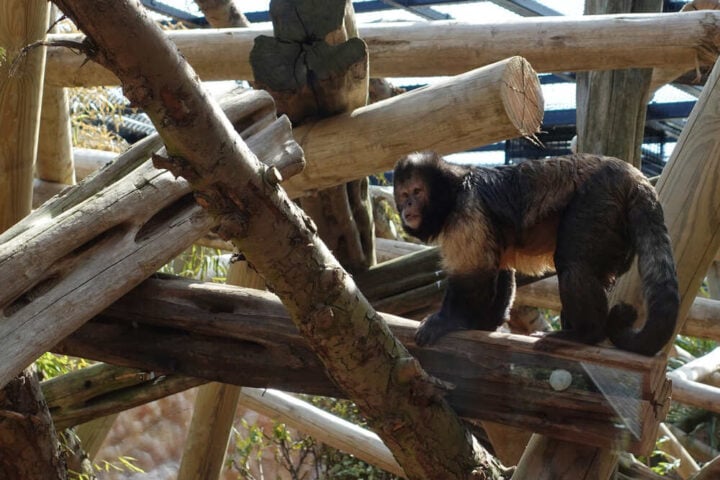
Colchester Zoo Expands Critically Endangered Capuchin Enclosure with Solar and Smart Tech
Colchester Zoo has completed a major renovation of its monkey habitat. The “Capuchin Climb,” which opened April 8, now houses the zoo’s buff-headed capuchins in a space that’s both larger and better

Oregon Wolf Population Hits 204 in 2024, Marking 15% Growth Amid Rising Poaching Concerns
Oregon’s wolf population has grown to 204 wolves, marking a 15% increase from the previous year and the first time the count has exceeded 200 since wolves returned to the state in

Shark And Ray Protection Laws In South Australia Ban 7 Endangered Species And Restrict 77 Others
In December of 2024, South Australia casted a vital conservation net for its marine biodiversity by implementing new laws to protect sharks and rays coming. The regulations, spearheaded by the Department of
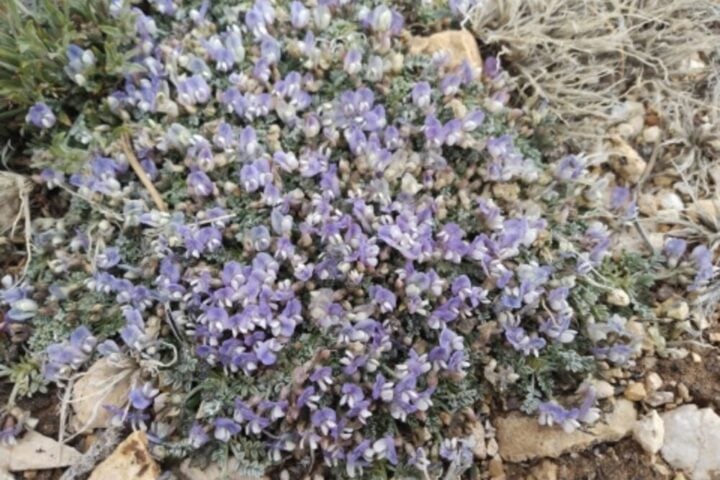
Sentry Milk-Vetch Recovery Plan Targets 8 Populations of 1,000 Plants in Grand Canyon
The U.S. Fish and Wildlife Service has released a revised recovery plan for the sentry milk-vetch, a tiny endangered plant found exclusively in Grand Canyon National Park. Announced on April 10, 2025,
![Representative Image: European Starling [49/366]. Photo Source: Tim Sackton (CC BY-SA 2.0)](https://www.karmactive.com/wp-content/uploads/2025/04/Starlings-Drop-82-in-UK-Gardens-as-Birdwatch-2025-Reveals-Record-Low-Count-Since-1979-720x480.jpg)
Starlings Drop 82% in UK Gardens as Birdwatch 2025 Reveals Record Low Count Since 1979
Starlings have reached their lowest numbers ever recorded in UK gardens, according to the latest results from the RSPB’s Big Garden Birdwatch 2025. For the first time since the survey began in


